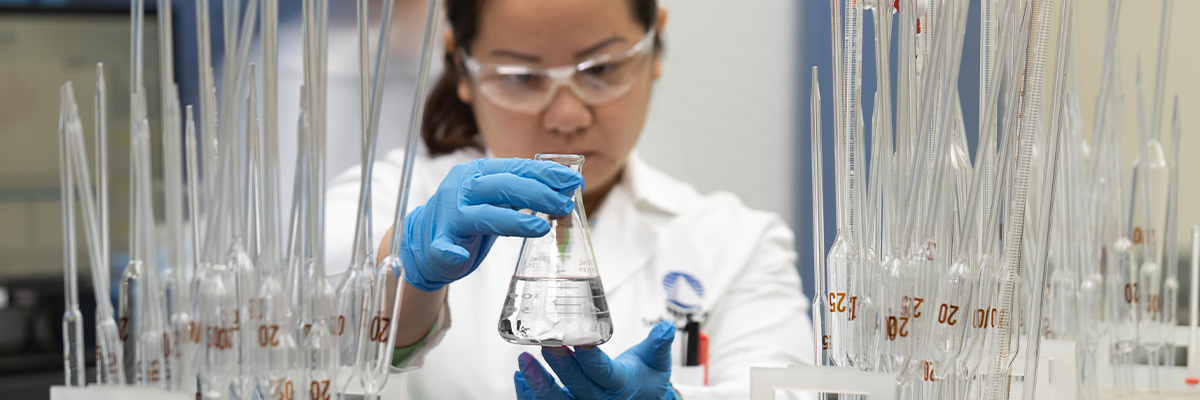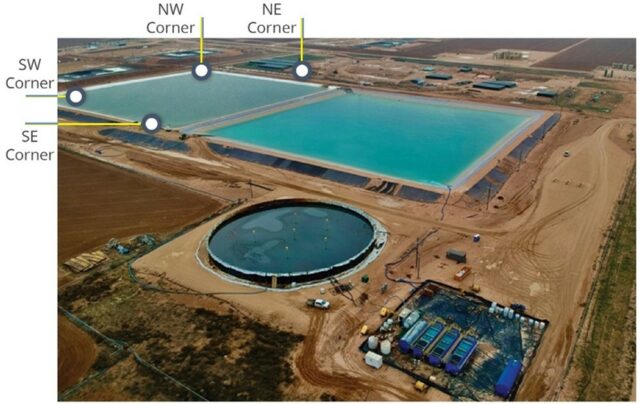“The introduction of noble inventions seems to hold by far the most excellent place among human actions.”
— Francis Bacon, 1561–1626
Invention as a Fundament of Civilization
Civilization is driven by technological innovation. From the invention of writing to the printing press to today’s internet and smart devices, the things we invent change not only our world but how we conceptualize the world and solve problems. Consider, for example, how the advent of the personal computer has shaped how we talk about the brain, memory, and neurological circuits. Even logical reasoning is the product of combining two inventions in antiquity: divination and writing.1
The esteemed science historian James Burke defines invention as the art of “bringing ideas or objects together in a novel way to create something that did not exist before.”2 Invention is not only the life-blood of technology, it’s also vital to the advancement of problem-solving and finding better ways to perform crucial tasks. In other words, while we tend to associate invention with the things we use, it also applies to the ways we work, like the Japanese 5S method, for example.3
Portfolio Expansion through Invention
TETRA was founded in 1981 to serve the completion fluids market by addressing each customer’s unique challenges with tailored solutions—a principle based on judicious research, development, and invention. Our portfolio has since expanded and now includes not only completion fluids and additives but also various products and services for water management, flowback, production testing, filtration, wellbore cleanout, brine reclamation, and diverse grades of calcium chloride for applications in the energy, agricultural, road construction, dust-control, and food & beverage industries.
Addressing customer challenges with targeted research, development, and technological invention is the domain of our TETRA Innovation Group (TIG), a team of Ph.D. scientists and technicians. And while creativity at TETRA is certainly not confined to the TIG, it is this group that is perhaps most guided by the art of judicious invention.
State-of-the-Art Laboratories and Technical Support
Home for the TIG is our 26,000-square-foot research and development laboratory and technology center in Conroe, Texas, which TETRA established in 1996, as well as a second laboratory in Aberdeen, Scotland. Both facilities are outfitted with state-of-the-art lab equipment and support the Company’s many domestic and international service centers.
Every day, TIG personnel provide an enormous range of technical services, from completion and specialized fluid testing and frac-water analysis to analytical tests like GC-mass spectrometry, particle-size analysis, ion chromatography, and scores of other specialized procedures in support of fluid formulation, wellbore cleanout, brine reclamation, water management, filtration, and production testing.
Pioneering Industry Firsts
In addition to providing daily technical support, the TIG boasts an impressive record of industry firsts, key patents, and product innovations that have won awards and become benchmarks for performance, efficiency, sustainability, and environmental protection. Among just a few of its pioneering innovations are:
- our family of TETRA CS Neptune® completion fluids, our zinc-free, cesium-free high-density, monovalent and divalent fluids that are formulated with readily available ingredients, environmentally safe, and capable of doubling as reservoir drill-in fluids;
- our TETRA Advanced Displacement System (or TADS), a 3-phase drilling-fluid displacement system that yields excellent wellbore cleanout;
- our complementary displacement chemicals TETRA FlocCB and TETRA FlocZCB; and
- our TETRA OilFix™ filtration service and TETRA O-Lok C™ treatment, which remove or reduce oil and grease levels in brines
Forging the Future
Looking ahead amid the accelerating pace of the global transition to more renewable sources of energy, TETRA is now embarking on commercialization of its latest product, PureFlow high-purity zinc bromide for use in zinc-bromine flow batteries. TETRA PureFlow ZnBr2 clear brine fluid is produced using our patented process originally developed for formulating halide brines, but further refined to yield a high-purity ZnBr2 that is ideal for the exacting standards of zinc-bromine flow batteries. Our TIG personnel are also exploring carbon-capture technologies.
As the world heads to the halfway mark of the twenty-first century, freighted with both optimism and uncertainty about the technologies that will power the future, one certainty that remains solid is the TETRA commitment to innovating through the art of judicious invention. We don’t just follow the technology; we help pioneer and lead with it.


[1] See Giovanni Manetti (1993), Theories of the Sign in Classical Antiquity, as well as Walter Ong (1958) Ramus, Method, and the Decay of Dialogue: From the Art of Discourse to the Art of Reason, and Ong (1982), Orality and Literacy: The Technologizing of the Word.
[2] James Burke, “Invention,” Britannica (website).
[3] The 5S method is a means of organizing a work space for maximum efficiency and effectiveness; 5S stands for: seiri (整理), seiton (整頓), seisō (清掃), seiketsu (清潔), and shitsuke (躾), translated as sort, set in order, shine, standardize, and sustain.



